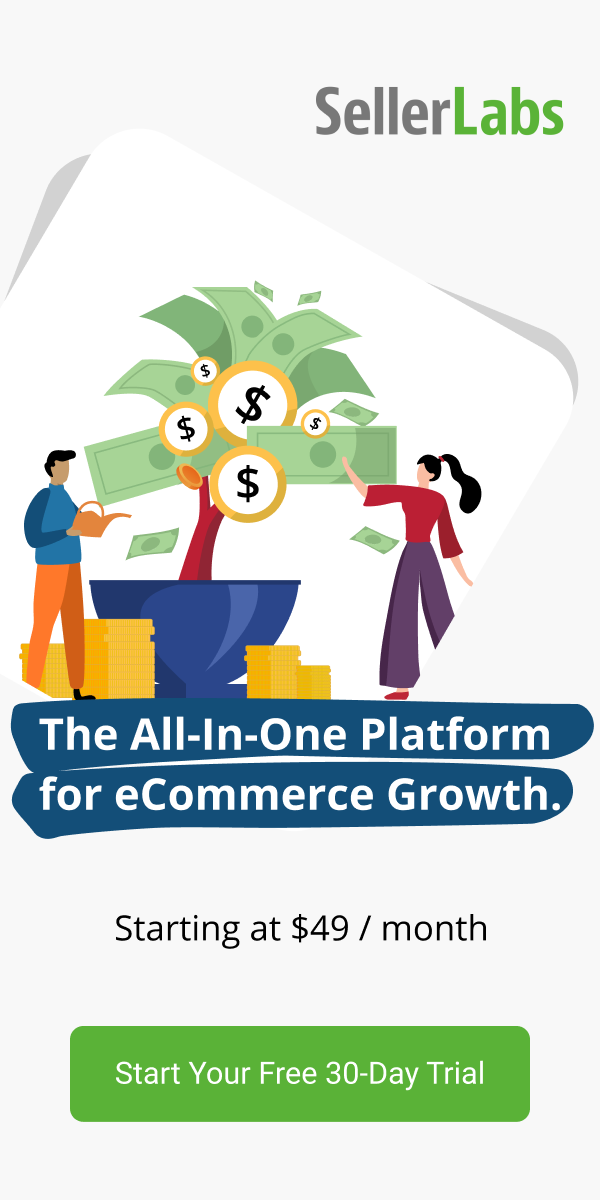An Ultimate Guide to Choosing The Business Model For Your Company Development
Creating a tech startup company means turning an original idea into a reality. A new firm that does not have a viable business plan for generating income, on the other hand, is nothing more than a hobby. It implies that entrepreneurs should carefully consider how their company will work, what sorts of products or services they will offer, and how they want to make a profit.
So, whether a perfect idea for a software company comes to you, you should first begin searching for a startup business model to implement.
This post will contain the basics of selecting a business model for your startup development. Moreover, the most common models to develop your business will be discussed, and you may choose one of your own.
The Basics of Business Model Choice: How to Succeed?
First off, let’s dig deeper into the subject. The business model of a startup describes the strategies and techniques that will be used to create income. It also contains information on the company’s services, mentions targeted customers, and prospective expenses.
The business model responds to inquiries such as:
- The business value your company can offer, and it’s delivery
- Ways to generate revenue
- Potential income streams, etc.
As you see, the business model also defines ways for getting profit by explaining how the company earns money. Let’s discuss the revenue model more, looking at how well-known brands implement it.
Airbnb. The world’s largest lodging provider like Airbnb does not possess a single room. Instead of renting space from hosts, Airbnb moves goods between supply and demand. The sharing economy and the firm conviction that homeowners are prepared to provide free space to strangers are the cornerstones of their business model.
Facebook serves as a communication medium for people and works with marketers. That is their preferred mode of operation. Their company earns money by selling adverts.
Tesla simplifies the usage of electric vehicles by providing a wide variety of high-quality services. Nine of ten consumers would suggest their Tesla automobile due to this great experience. Tesla actively invests in its infrastructure in order to support future development.
Uber Eats enables the transmission of consumer orders to restaurants and manages the delivery procedure. They also charge consumers for their food orders and take a fee before passing the remainder to the eatery as a preferred business method.
However, you should realize that the enlisted business models may not suit every company, even those with widespread popularity. There is no one-size-fits-all business model that can be applied to all startups.
That’s why, before you select a business model for a software startup preparing a tech startup business plan, it is essential to take into account certain aspects, like
- Target audience
- Revenue sources
- Rivals
- Potential clients
Let’s discover these points carefully and in detail. It will help you understand how to choose a business strategy for startup development.
1. Target audience
Before launching a startup, assessing if there is a demand from the particular target audience for the service or product offered is recommended. Let’s look at it in a particular example.
Transportation is a necessary aspect of daily life, as people often need to travel from one location to another. We’ll tell you how Uber’s service received positive customer feedback and attracted more clients.
Numerous taxi businesses in many countries struggled to deliver competitive pricing and adequate customer service during Uber’s start. A taxi service that was both economical and of good quality was in great demand. Uber entered the market and drew clients, therefore expanding their market share.
2. Revenue sources
Your startup concept should include the primary source of income. In order to identify it, you should examine competitors and evaluate their cost-effectiveness.
Ads are one of the possible revenue sources for social networks. In the context of a marketplace, sellers are typically charged a commission fee.
Startups can benefit from implementing multiple revenue streams in their business models. Amazon serves as a suitable illustration of this type of business.
Amazon’s platform combines elements of an e-commerce site and a marketplace and is the foundation of its business model. The company offers its own products for sale and allows independent sellers to list their products on Amazon.
The company offers various services, including physical stores, a subscription service called Amazon Prime, cloud hosting through AWS, and an advertising business that competes with Google.
3. Rivals
It is probable that individuals are already engaged in the activity you intend to pursue. It is necessary to comprehend the identity and job responsibilities of others to improve one’s own performance.
Enhancing the quality of your service is an effective method to prevent competitors from replicating it. As the number of customers increases, it is essential to enhance the quality of your service or product. Over time, your competitors may become less competitive.
We will examine Uber Eats, Just Eat, and Glovo. Each of the three marketplaces specializes in food, although they have distinct approaches.
- The business model used by Just Eat involves customers selecting food items from their catalog, with the restaurants being responsible for the delivery process.
- The business model of Uber Eats is based on ordering food through the app and having their couriers deliver it to the customer.
- In addition to other services, Glovo provides delivery options from restaurants. In addition to courier services, they offer delivery of groceries from neighboring stores, as well as alcohol and pharmacy items.
4. Potential Customers
If the startup fails to solve real problems and sets unreasonably high prices that its intended customers cannot afford, it may be advisable not to launch.
If consumers are content with an existing product and you offer no new features, they may not be interested.
Before food delivery services such as Uber Eats or GrubHub, individuals prepared meals at home or dined at restaurants. The two activities require significant time, and some restaurants may not have the resources to employ couriers.
These individuals are occupied with other tasks or have a limited schedule, leading them to forget food preparation or dining out. Ordering food delivery from restaurants and paying for its delivery is a more convenient option for them.
The Reasons for Utilizing the Business Model Canvas
Consider using Alexander Osterwalder’s Business Model Canvas (BMC) to identify your project’s best tech startup business model. The BMC is a tool created to help identity and group different elements of a business model.
Osterwalder split the canvas into nine pieces.
- Customer Relationships
- Cost Structure
- Key Activities
- Revenue Streams
- Value Propositions
- Channels
- Customer Segments
- Key Partnerships
- Key Resources
The canvas has been modified in numerous ways, including the creation of the Lean Startup Canvas, which is geared at the launch of businesses. The time needed to complete this procedure is less complicated than the BMC.
TOP-5 The Most Popular Business Models to Choose For Your Startup
There are plenty of accessible opportunities of strategies to choose from for your tech startup development, including over 55 well-established business model models. The goal is to investigate modern business models for software startup companies.
1. Freemium model
The Freemium model is often utilized by startups in the social gaming industry providing users with a basic service at no cost, but premium features or services are only accessible for a fee. For example, many games have been developed with either time limits or challenging levels that necessitate upgrades. Each upgrade is priced at $1.99 or lower. Companies such as Evernote, Skype, LinkedIn, Dropbox, Spotify, MailChimp, and others have also implemented the freemium business model to earn on their services.
2. Subscription model
It’s important to differentiate the Freemium and Subscription models from each other. YouTube offers free access to its platform, but users must be willing to tolerate advertisements, lack of background mode, and inability to download content. Both Dropbox and Spotify are similar in this regard.
The subscription-based model can be effective for software sales or for customers who value flexibility in their choices. Thus, instead of selling products with a one-time payment, companies such as Netflix, Amazon Prime, Adobe, and New York Times offer users the option to make monthly payments.
By analyzing the number of subscribed customers and their plans, businesses are able to make more accurate revenue predictions for the upcoming months or years.
Businesses choose the subscription model for a variety of reasons, one of which is to improve user convenience. Subscriptions provide a means for Adobe and other software-based companies to cover the costs of long-term development, such as adding new features and maintenance. Netflix utilizes the revenue generated to finance television series production and acquires licensing rights.
In addition, companies that operate on a subscription-based model typically generate greater revenue over time. If customers are satisfied with Netflix’s services, they are likely to continue their subscription without much persuasion or need to manually renew. In order to generate sufficient income on a regular basis, it is necessary to have a significant number of customers.
3. The sharing economy model
The on-demand model is based on the principle that access is more valuable than ownership. The platform acts as a mediator between owners (e.g., Uber drivers or Airbnb landlords) who offer services and seekers (customers looking for a taxi or a place to stay).
Some examples of the on-demand model include companies like Uber, BlaBlaCar, and Airbnb, which are widely recognized and used.
The assets offered on the platform are not owned by the platform itself. Airbnb and Uber are both companies that operate without owning any physical assets. Airbnb provides accommodations by connecting travelers with people who rent out their homes, while Uber offers transportation services by working with individuals who own cars. Their system only pairs users with each other.
On-demand platforms generate revenue by implementing fees that are typically charged to both users and service providers. For instance, Uber charges a 25% fee on all fares, while Lyft takes 20% on fares and service fees. Similarly, Airbnb charges 3% from owners and 6-12% from guests, while Instacart takes $3.99 for 2-hour deliveries and up to 15% product markup.
4. The reseller model
Customers’ items are not made on-site. It is your responsibility as a partner firm representative to market their deals to the intended market in order to make money.
That is the operating procedure that eBay and Amazon use. The platform allows the marketing and sale of the goods of different businesses by offering cooperation options.
Selling goods for more than what they cost the seller helps them make money. There are processing costs and a $39.99 selling charge for Amazon.
5. Advertising model
The approach revolves around offering an additional item or service. One strategy for attracting advertisers is to provide material that interests an audience and sell access to them.
Raising the number of persons reached corresponds with increased revenues. Facebook and Google are two prominent examples. While their goods are free for consumers, these two firms make money via advertising.
The startup company concepts we outlined each have their own distinct advantages. Combining different models or building a bespoke method may be advantageous. Google, Facebook, Uber, and Amazon have all grown their income sources beyond their core business strategies.
It is critical to think about the technological part of your company concept. Uber’s success relies heavily on the app’s operation since the inability to process cab orders, crashes, or bad UI/UX design might all have a detrimental influence on its popularity.
Summing Up
Selecting an appropriate business model for the proper development of your technology startup is necessary. We’ve only told you some basics necessary to know while making a choice. If you want to know more, a skilled software consulting company can help you. The specialists will answer all your questions, and help you select the business model best fitting for your startup.
If you already have a premium membership, Sign In.
 ConsultEase Administrator
ConsultEase Administrator
Consultant
Faridabad, India
As a Consultease Administrator, I'm responsible for the smooth administration of our portal. Reach out to me in case you need help.












